Dog Heat Cycle: Timing, Signs & Tips to Help
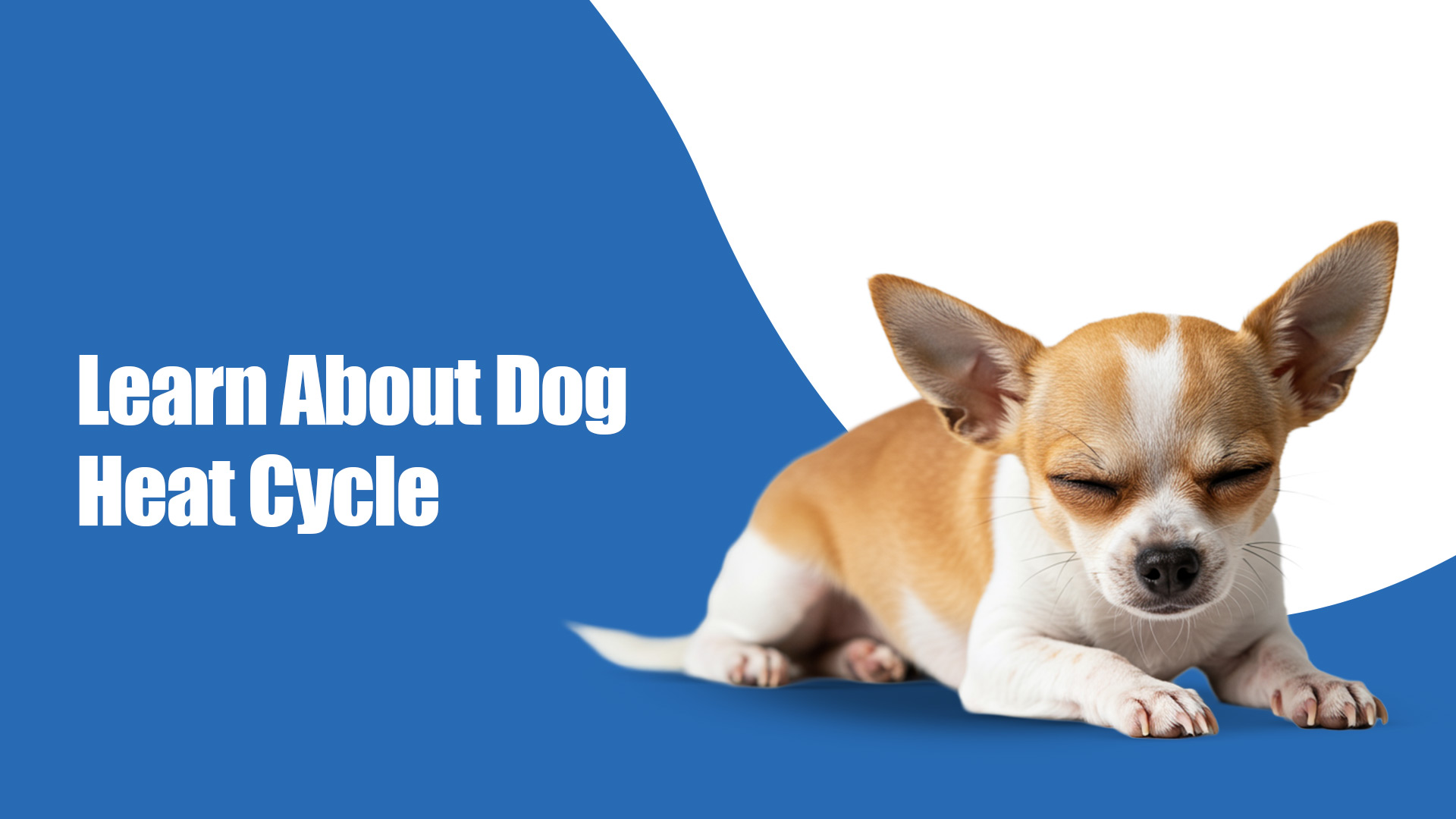
One day, your usually playful pup starts acting a little different. She’s restless, overly affectionate, and you notice a small trail of blood on the floor. Panic sets in, “Is she injured?” “Is it serious?” But what you're likely witnessing is completely natural: your dog’s first heat cycle.
For many pet parents, the dog heat period is a confusing and stressful time. The symptoms can feel alarming if you're not prepared, and the emotional rollercoaster your dog goes through might leave you feeling helpless. But with the right information, you can replace that panic with confidence, and support your furry friend like the loving guardian she knows you to be.
Let’s break down everything you need to know about the dog heat cycle, from the tell-tale signs and timing to tips that truly help. Whether you're wondering how long it lasts, how to handle the changes, or whether spaying is the right choice, this guide is here to make things simple, safe, and stress-free.
Understanding Your Dog’s Heat Cycle
Why It’s Important for Dog Owners to Understand the Heat Cycle
The dog heat cycle isn't just about reproduction, it's a window into your pet’s hormonal health. Being informed helps you prevent unwanted pregnancies, manage behavioral changes, and catch any abnormalities early on.
How Knowing Your Dog’s Heat Cycle Can Help with Care, Health, and Breeding Decisions
Understanding your dog’s cycle helps you:
- Time vet visits appropriately.
- Make informed decisions about spaying or breeding.
- Support her emotional and physical needs during this sensitive time.
What Is the Dog Heat Cycle?
The Basics: What Happens During the Heat Cycle?
The dog heat cycle, or estrous cycle, is your dog’s reproductive cycle. It involves hormonal changes that prepare her body for potential mating. There are four main phases:
- Proestrus: The beginning of the heat; swelling and bleeding start.
- Estrus: Fertile period when mating can occur.
- Diestrus: Hormone levels normalize, and pregnancy occurs if mating was successful.
- Anestrus: Resting phase before the next cycle.
How Long Does a Dog’s Heat Cycle Last?
The entire cycle typically lasts 2 to 4 weeks, with the dog heat period (proestrus and estrus) spanning around 7 to 14 days. Smaller breeds may cycle more frequently, while larger breeds can go longer between cycles.
Signs Your Dog Is in Heat
Physical Changes: What to Look For
Key dog heat cycle symptoms include:
- Swollen vulva
- Bloody vaginal discharge
- Increased urination
- Licking the genital area more frequently
Behavioral Changes: How Your Dog May Act Differently
Dog in heat symptoms aren’t just physical. You may also notice:
- Restlessness or anxiety
- Increased affection or clinginess
- Mounting behavior
- Seeking out male dogs
When to Expect the First Heat Cycle
Most dogs experience their first heat between 6 to 12 months of age. However, it can vary by breed. Large breeds might not start until 18–24 months.
Timing and Management of the Heat Cycle
Timing the Heat Cycle: Best Practices for Monitoring
Keeping a heat cycle calendar helps track patterns. Most dogs go into heat every 6 months, though it may be irregular in the first year.
How to Manage a Dog in Heat: Tips for Owners
- Use doggie diapers to manage bleeding.
- Keep her on a leash outside—even in your yard.
- Avoid visits to dog parks during her cycle.
Medical Interventions: When to Consult Your Vet
If the cycle lasts longer than 4 weeks or you notice unusual discharge, contact your vet. Also, be alert to symptoms that resemble dog stroke symptoms, such as sudden confusion or loss of balance, as these may indicate a medical emergency unrelated to the heat cycle.
Tips for Helping Your Dog During Heat
Comfort Measures During the Heat Cycle
- Provide a calm, quiet space.
- Offer extra cuddles and reassurance.
- Maintain a consistent routine to reduce stress.
Preventing Unwanted Mating: How to Keep Your Dog Safe
- Avoid leaving your dog unsupervised outdoors.
- Keep doors and gates securely closed.
- Use a leash and harness even for bathroom breaks.
Diet and Nutrition: Supporting Your Dog’s Health
While no major dietary changes are required, ensure your dog is eating a balanced, nutrient-rich diet to support hormonal fluctuations. If she loses appetite or seems lethargic, check with your vet.
Breeding During the Heat Cycle
How to Know if Your Dog Is Ready to Breed
Breeding should only be considered once your dog has matured (usually after the second or third cycle) and is in peak health. Consult your vet for timing based on progesterone levels.
Responsible Breeding Practices
Always prioritize the health and welfare of the dog. Research the breed, ensure genetic testing, and never breed on the first heat cycle—it's too early both physically and mentally for most dogs.
The Role of Spaying: Should You Consider It?
Pros and Cons of Spaying Your Dog
Pros:
- Eliminates the dog heat cycle.
- Prevents unwanted pregnancies.
- Reduces the risk of certain cancers and infections.
Cons:
- Surgery has risks, like any medical procedure.
- Early spaying can impact bone development in large breeds.
When Is the Best Time to Spay Your Dog?
Most vets recommend spaying before the second heat cycle, but timing can depend on your dog’s breed and health.
The Health Benefits of Spaying Beyond the Heat Cycle
Spaying reduces the risk of pyometra (uterine infection), mammary tumors, and eliminates the behavioral challenges of managing the dog heat period.
Conclusion
Understanding your dog’s heat cycle is key to ensuring her comfort, health, and safety. From spotting early dog in heat symptoms to managing mood swings and preventing unwanted pregnancies, being prepared helps you respond with care instead of confusion.
At Zigly, we know that every stage of your pet’s life comes with questions, and we’re here with answers and expert support. Whether you need vet consultations, safe hygiene products, nutritional guidance, or help deciding whether to spay your dog, Zigly has everything under one roof.
Your dog deserves thoughtful, loving care during every cycle. And with Zigly by your side, you’re never alone on the journey.
FAQs About the Dog Heat Cycle
How can I tell if my dog is in heat if she’s not showing obvious signs?
Look for subtle cues like increased licking, changes in mood, or unusual interest from male dogs. Some dogs may have “silent heats” with mild symptoms.
Can I walk my dog while she’s in heat?
Yes, but with caution. Keep her on a short leash, avoid public dog areas, and stay vigilant to prevent interactions with male dogs.
How long does the bleeding last during the heat cycle?
Bleeding usually lasts 7–10 days, but it varies. Monitor changes in discharge color and volume.
Can I spay my dog during her heat cycle?
It’s technically possible but not recommended unless medically necessary, as the procedure carries a higher risk of bleeding due to increased blood flow to the uterus.
Is it okay to breed my dog during her first heat cycle?
No. Breeding during the first heat is discouraged as your dog is still growing and not physically or emotionally ready for pregnancy.







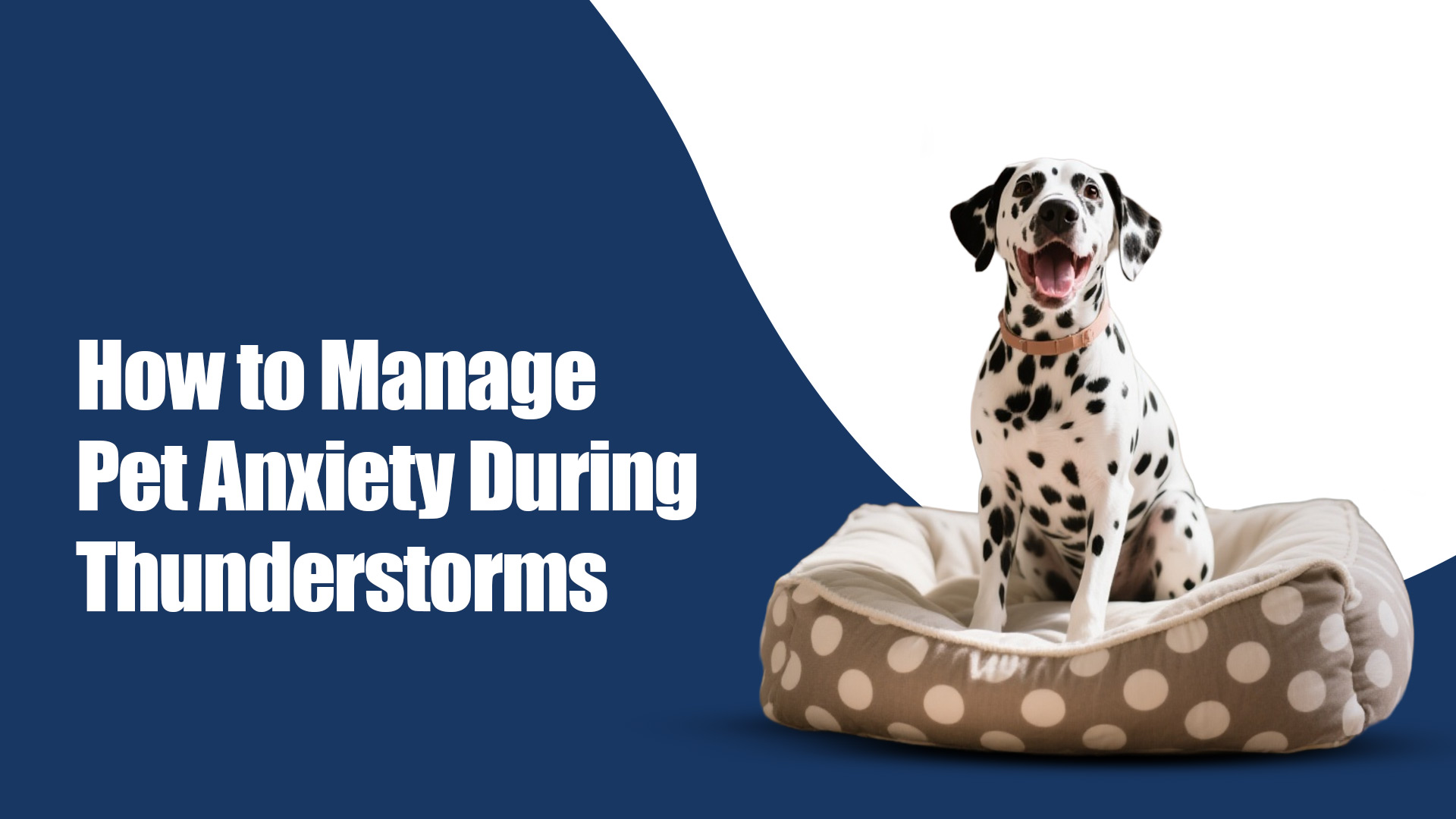



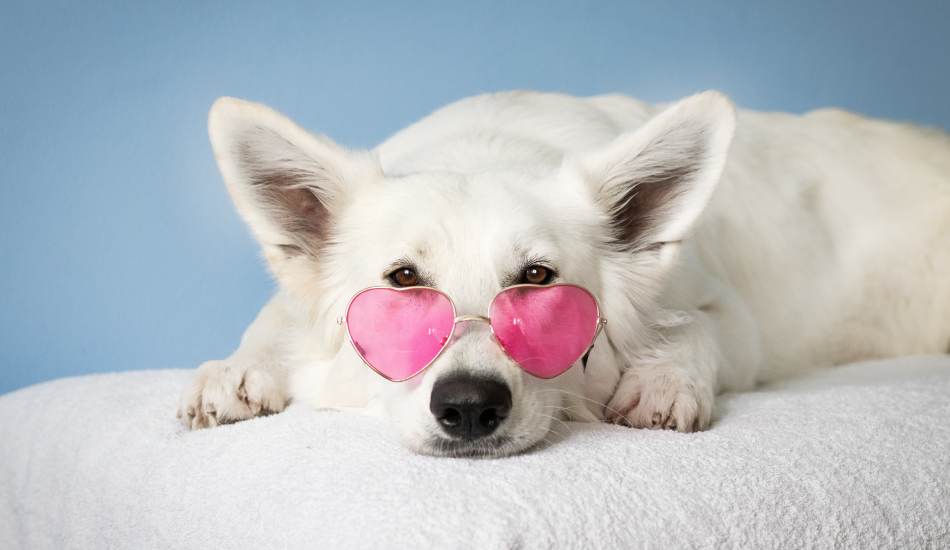

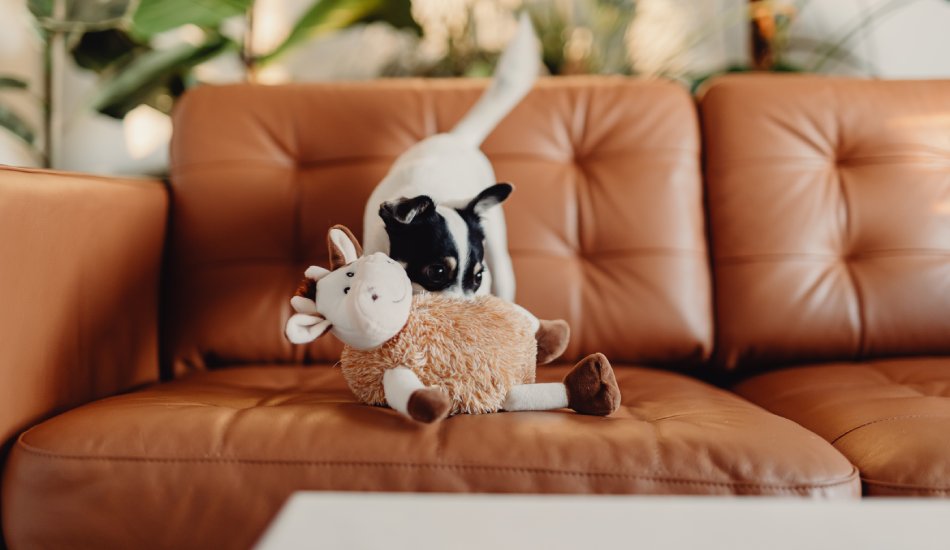
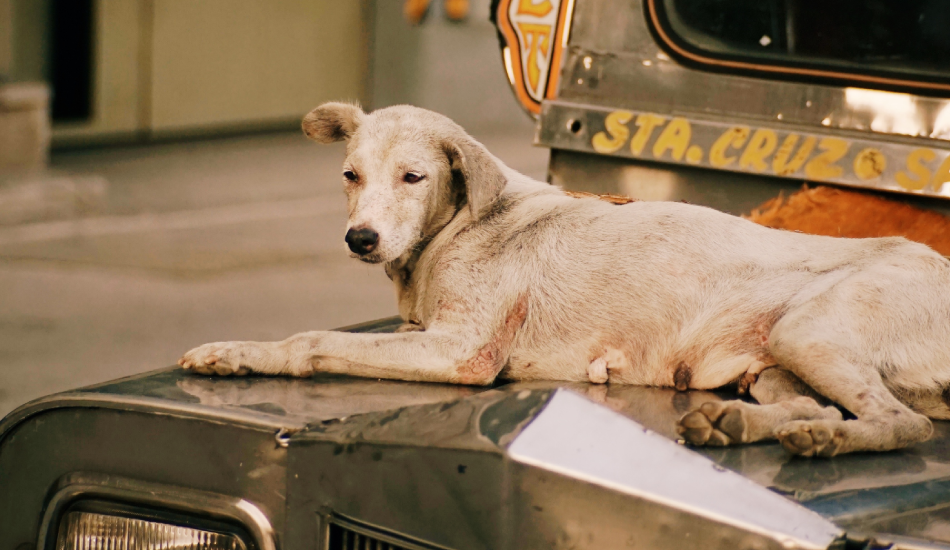

The information below is required for social login
Create New Account